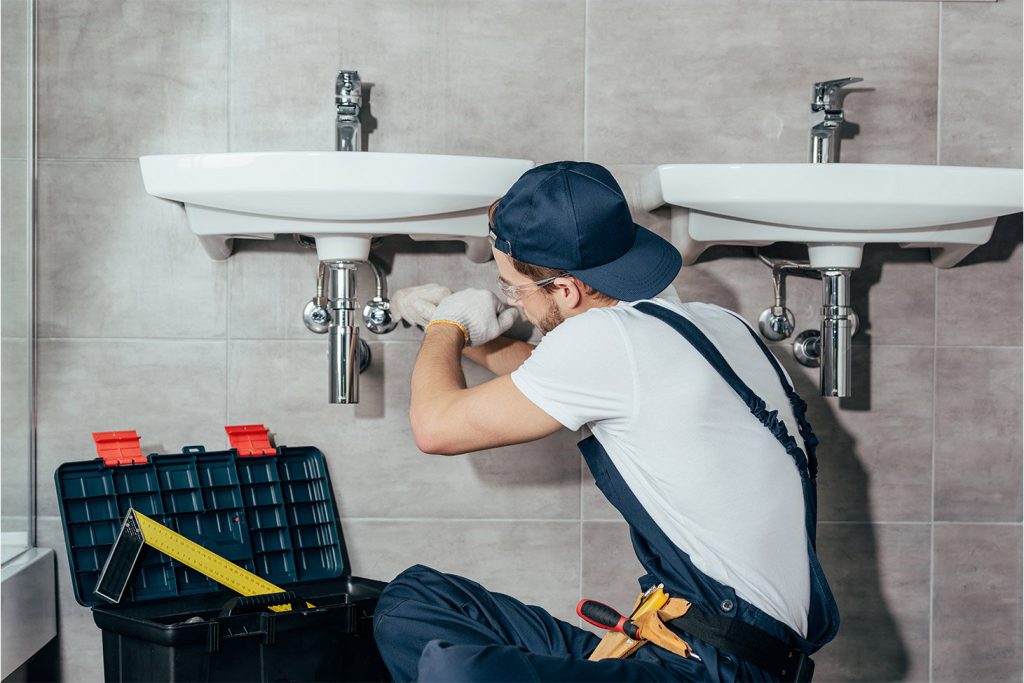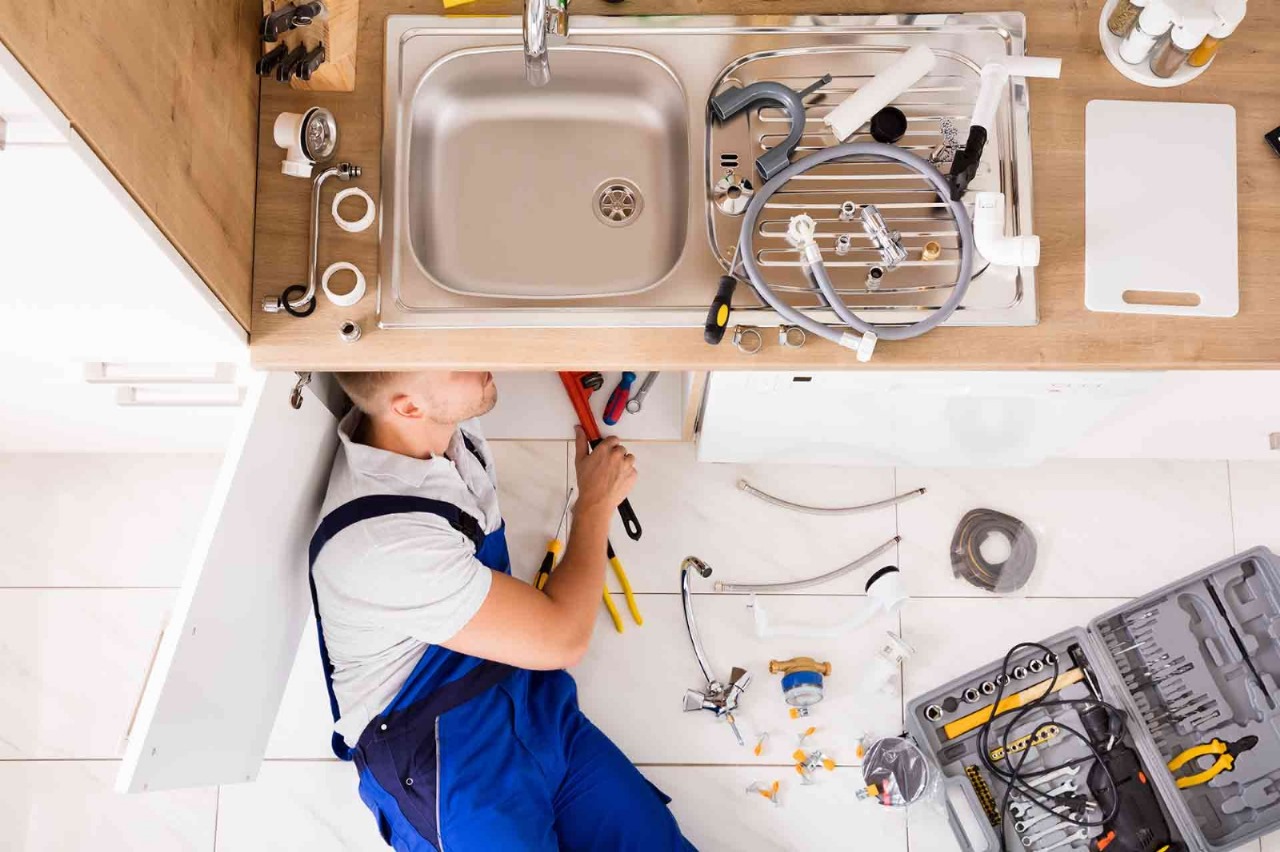Imagine turning on your faucet and watching dollars flow down the drain—literally. In today’s world, where utility bills seem to climb higher every month, inefficient plumbing can quietly erode your budget. But what if simple upgrades to your home’s plumbing system could reverse that trend? At John’s Plumbing & Pumps, we’ve seen firsthand how targeted improvements not only enhance functionality but also deliver long-term savings. Whether you’re dealing with outdated pipes or high water usage, investing in smart solutions can pay off big time.
This article dives into three powerful upgrades that homeowners like you can implement to cut costs without breaking the bank. We’ll explore the benefits, installation insights, and real-world savings potential, all while keeping things practical and straightforward. By the end, you’ll have actionable steps to optimize your plumbing and reclaim control over your expenses. Let’s get started on transforming your home into a money-saving machine.
Upgrade 1: Installing Low-Flow Fixtures for Everyday Water Savings
One of the most straightforward yet impactful ways to upgrade your plumbing is by switching to low-flow fixtures. These innovations in technology restrict water usage without sacrificing performance, making them a go-to choice for eco-conscious and budget-savvy homeowners. Traditional faucets, showerheads, and toilets can waste gallons of water daily—up to 70 gallons per person in some households. Low-flow alternatives curb this excess, directly lowering your water and sewer bills.
Why Low-Flow Fixtures Are a Game-Changer for Your Plumbing
Low-flow fixtures work by incorporating aerators in faucets and precision-engineered showerheads that maintain strong pressure while using less water. For toilets, dual-flush models allow you to choose between a full or partial flush, saving up to 20% on water per use. According to the U.S. Environmental Protection Agency (EPA), households with these upgrades can reduce water consumption by 50-70%, translating to annual savings of $100 to $200 on utilities alone.
At John’s Pumps, we recommend starting with your kitchen and bathroom faucets. These high-traffic areas account for nearly 70% of indoor water use. By installing low-flow aerators—often costing under $20 each—you’ll see immediate results. Imagine the cumulative effect: over a year, that’s hundreds of dollars back in your pocket, not to mention the reduced strain on your home’s plumbing infrastructure, which prevents premature wear and tear.
How to Implement This Plumbing Upgrade
Retrofitting your existing plumbing for low-flow fixtures is simpler than you might think. For faucets, unscrew the old aerator and replace it with a low-flow version compatible with your setup. Showerheads are equally easy: most unscrew by hand or with basic tools, and new models install in minutes. Toilets may require a bit more effort, such as swapping out the flush valve kit, but it’s a DIY-friendly project for many.
If your plumbing system is older, consulting professionals ensures compatibility and avoids issues like reduced pressure from clogged pipes. John’s Pumps offers free assessments to evaluate your current setup and recommend the best low-flow options. We carry EPA WaterSense-labeled products, certified for efficiency and performance. Post-installation, monitor your water meter to track savings—many clients report noticeable drops in their bills within the first month.

Long-Term Savings and Environmental Benefits
Beyond immediate cost reductions, low-flow fixtures extend the life of your plumbing by minimizing scale buildup and corrosion from high water volume. This means fewer emergency calls for clogs or leaks, saving you from repair costs that can exceed $500. Environmentally, these upgrades conserve water resources, aligning with sustainable living trends. For families, it’s a win-win: lower bills fund family outings, while teaching kids about conservation.
In one case we handled at John’s Pumps, a local family upgraded their entire bathroom suite to low-flow fixtures. Their water bill dropped by 35%, equating to $150 in annual savings. With rebates often available from local utilities, the initial investment—typically $200 to $500 for a full home retrofit—pays for itself in under two years.
Upgrade 2: Upgrading to a High-Efficiency Water Heater
Your water heater is the unsung hero of your plumbing system, quietly heating water for showers, laundry, and dishes. Yet, older models can guzzle energy, accounting for up to 18% of a home’s utility bill. Upgrading to a high-efficiency water heater is a powerful plumbing move that slashes heating costs and boosts reliability. Tankless or heat pump models outperform traditional tank heaters by heating water on demand, eliminating standby losses.
The Mechanics of Efficient Plumbing Water Heaters
Conventional tank water heaters keep a large reservoir of water hot around the clock, leading to energy waste as heat escapes. In contrast, tankless units activate only when needed, using 24-34% less energy per the Department of Energy. Heat pump water heaters pull warmth from the air, further reducing electricity use by up to 60%. These plumbing upgrades integrate seamlessly with existing systems, requiring minimal modifications to your pipes.
For homes in variable climates, insulation wraps for tanks offer a budget-friendly interim step, cutting heat loss by 25-45%. However, for maximum savings, a full replacement is ideal. John’s Pumps specializes in ENERGY STAR-rated models, ensuring your new water heater meets stringent efficiency standards while handling your household’s hot water demands.
Installation Process and Considerations for Your Plumbing
Installing a high-efficiency water heater involves assessing your current plumbing layout, gas or electric supply, and space constraints. Tankless models, for instance, mount on walls to save floor space and require venting upgrades if switching from gas. Our team at John’s Plumbing & Pumps handles permits, sizing calculations, and professional installation to comply with local codes—essential for safety and warranty validity.
DIY enthusiasts might manage basic tank insulation, but full upgrades demand expertise to avoid leaks or inefficiencies. Expect the process to take 4-8 hours, with costs ranging from $1,000 to $3,000 depending on the model. Federal tax credits and utility incentives can offset up to 30% of the expense, making this plumbing investment more accessible.
Calculating Your Savings from This Plumbing Upgrade
The payoff is substantial: homeowners often recoup costs in 3-5 years through lower energy bills. A family of four might save $300-500 annually on heating water alone. Additionally, these units last 15-20 years—double the lifespan of standard models—reducing replacement frequency. In a recent project, we upgraded a client’s aging tank to a tankless system, resulting in a 40% drop in their energy costs and no more cold showers during peak usage.
This upgrade also future-proofs your plumbing against rising energy prices. With smart thermostats integration, you can schedule heating for off-peak hours, amplifying savings. At John’s Plumbing & Pumps, we provide detailed ROI analyses during consultations, helping you choose the perfect fit for your budget and lifestyle.
Upgrade 3: Implementing Smart Leak Detection Systems
Leaks are silent thieves in your plumbing system, wasting up to 10,000 gallons of water per household yearly and causing thousands in damage. A smart leak detection system revolutionizes this by using sensors and AI to monitor your pipes in real-time, alerting you to issues before they escalate. This proactive plumbing upgrade prevents minor drips from becoming major floods, saving money on water bills and repairs.
How Smart Technology Enhances Your Plumbing Monitoring
These systems include in-line sensors on main water lines, moisture detectors in basements or under sinks, and app-connected hubs that notify your phone of anomalies. Unlike traditional methods, they differentiate between normal flow and leaks, shutting off water automatically if needed. For slab homes or older plumbing prone to hidden corrosion, this is invaluable—detecting issues behind walls without invasive digging.
John’s Plumbing & Pumps integrates brands like Flo by Moen or Phyn, which offer whole-home coverage. Battery-powered sensors are wireless and easy to place, while professional-grade setups tie into your smart home ecosystem for voice alerts via Alexa or Google.
Step-by-Step Guide to Adding Leak Detection to Your Plumbing
Begin with a professional audit of your plumbing to identify vulnerable spots, like aging galvanized pipes or high-pressure zones. Installation varies: basic sensor kits start at $200 for DIY, but full systems with auto-shutoff valves cost $500-1,500 and require plumbing expertise for valve integration.
Our technicians at John’s Plumbing & Pumps complete setups in 2-4 hours, ensuring seamless compatibility with your existing pipes. Post-install, the app provides usage reports, helping you spot inefficiencies like running toilets. Regular maintenance, such as battery checks, keeps the system reliable.
The Financial and Practical Advantages of This Plumbing Upgrade
Early detection can save $500-5,000 per incident by averting water damage. Nationally, undetected leaks cost Americans $20 billion yearly in repairs; smart systems mitigate this risk. Water savings alone—up to 10% on bills—add up, with one client reporting $80 monthly reductions after installation.
Moreover, insurance discounts of 5-10% are common for homes with these features, lowering premiums. This upgrade promotes peace of mind, especially for vacationing families. We’ve assisted numerous clients in preventing disasters, turning potential catastrophes into minor fixes.
Additional Tips to Maximize Your Plumbing Savings
While these three upgrades form the core, complementary habits amplify results. Insulate exposed pipes to prevent heat loss and freezing, a simple $50 fix that saves on energy. Schedule annual plumbing inspections with John’s Plumbing & Pumps to catch wear early. Track usage with sub-meters for targeted improvements. Finally, educate your household on conservation—short showers and full loads in washers reduce demand on your upgraded system.
FAQ
How Much Can Low-Flow Fixtures Save on My Water Bill?
Low-flow fixtures typically reduce water usage by 30-50%, leading to $100-200 in annual savings for average households. Exact amounts depend on your local rates and usage, but John’s Plumbing & Pumps can provide a personalized estimate during a consultation.
Is Upgrading to a Tankless Water Heater Worth the Cost for Plumbing Efficiency?
Yes, tankless models save 24-34% on energy costs and last longer, often paying for themselves in 3-5 years. They’re ideal for high-demand homes, and with incentives, the upfront cost is manageable—contact John’s Plumbing & Pumps for financing options.
What Happens If I Ignore Leaks in My Plumbing System?
Undetected leaks can waste thousands of gallons yearly, inflate bills by 10%, and cause structural damage costing $1,000+. Smart detection prevents this; our experts at John’s Plumbing & Pumps recommend annual checks to avoid surprises.
Conclusion
These three powerful plumbing upgrades—low-flow fixtures, high-efficiency water heaters, and smart leak detection—offer a roadmap to significant savings and reliability. By addressing common pain points in your home’s plumbing, you’ll not only cut costs but also enhance comfort and sustainability. Don’t wait for the next bill shock; reach out to John’s Plumbing & Pumps today for a no-obligation quote. Our certified team is ready to tailor these solutions to your needs, ensuring your investment delivers lasting value. Take the first step toward smarter plumbing and a lighter wallet—your future self will thank you. From expert tips to trending updates, it’s all available on our main page.
